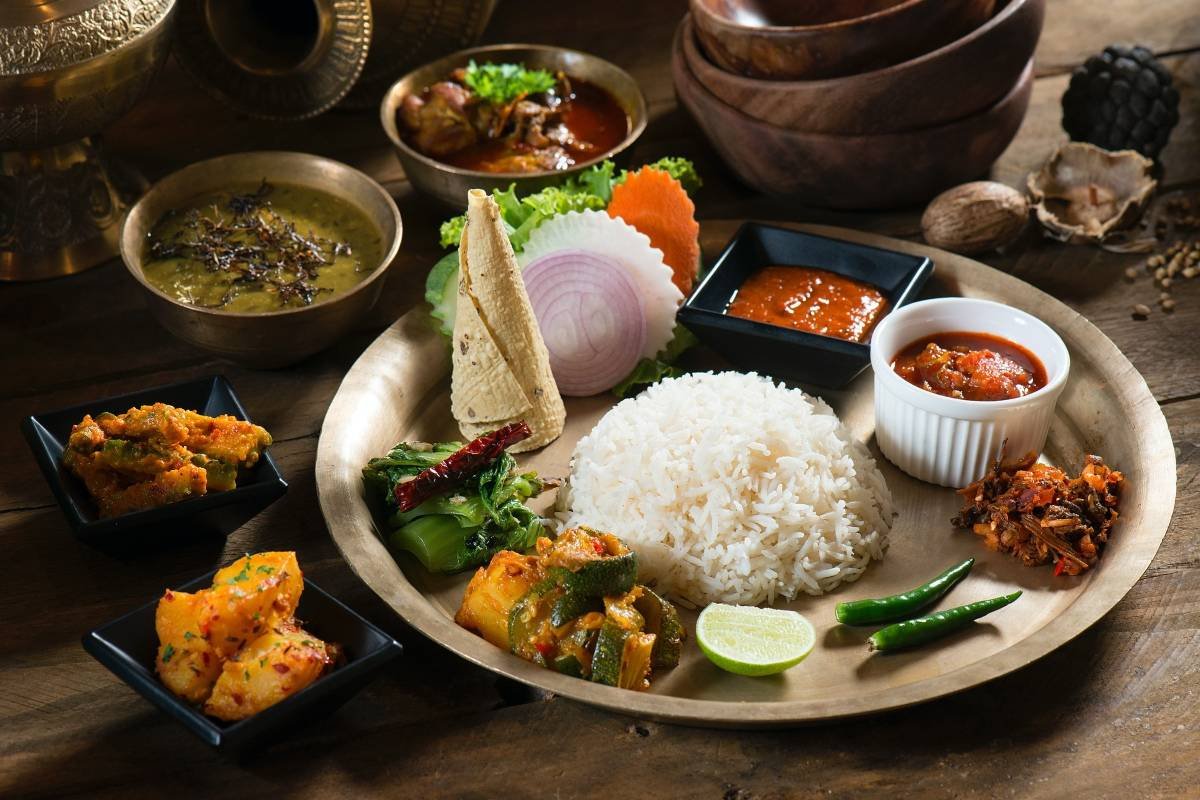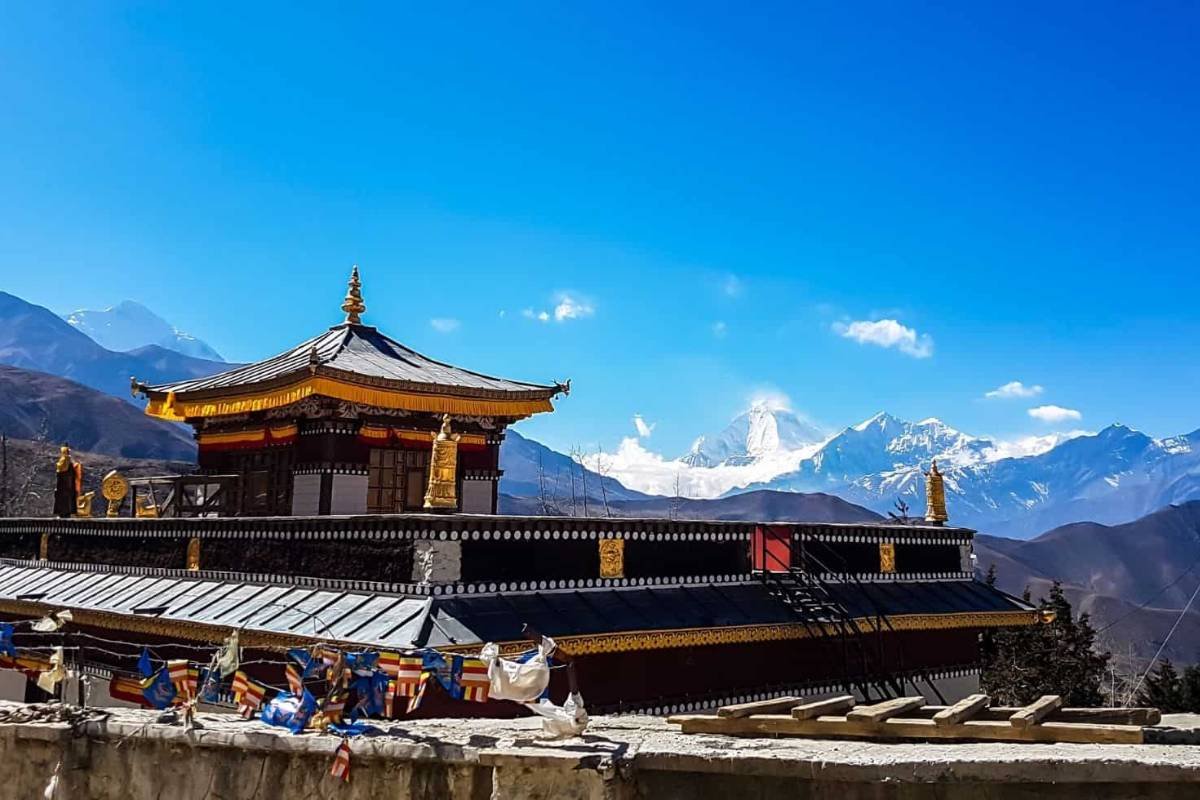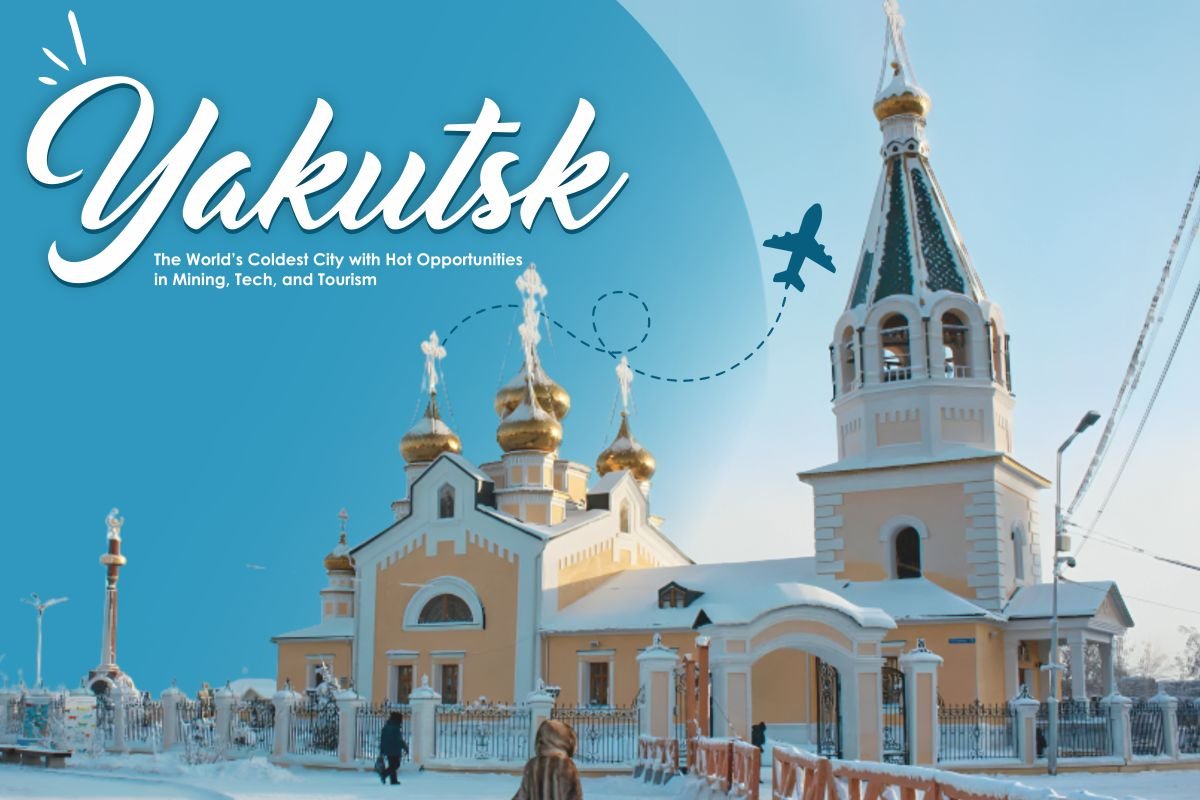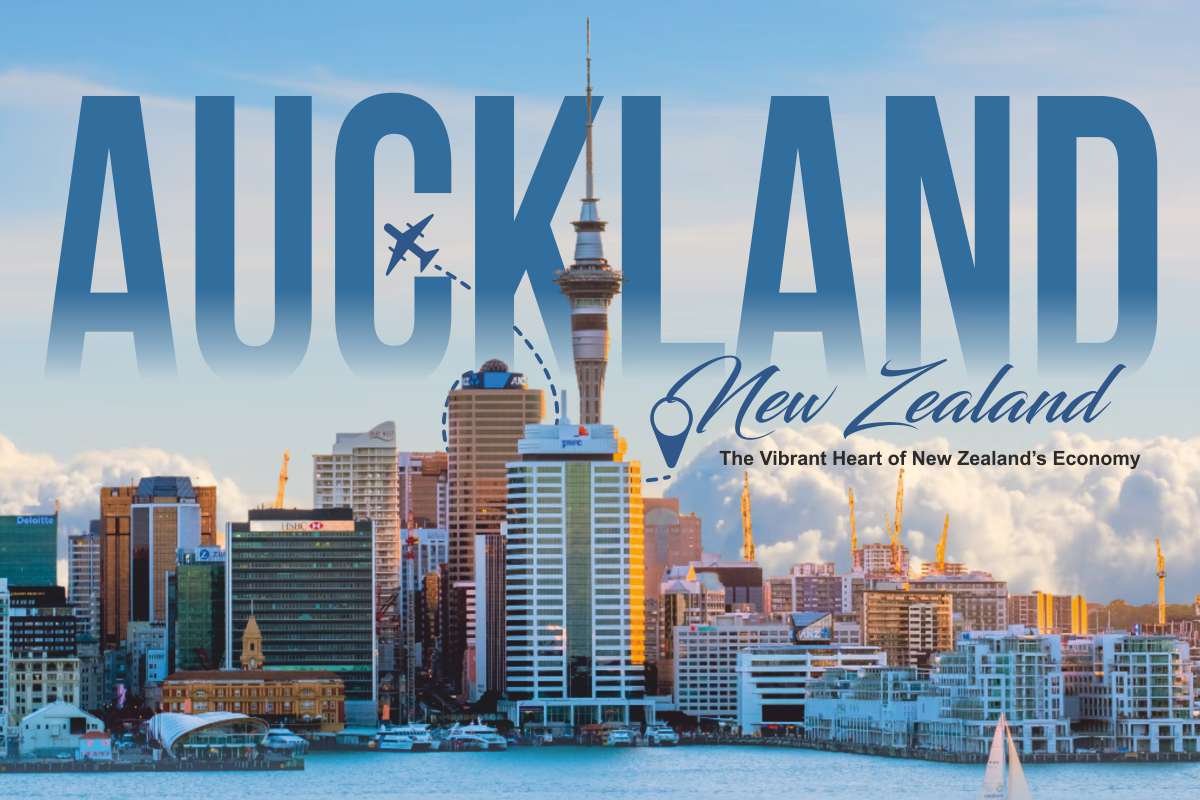(source-TourRadar)
Mustang is a Tibetan word that means, “Plain of aspiration”. The Mustang Valley is located north of Annapurna in Nepal and it is very close to the Tibetan plateau (China). It is divided into two parts that are “Upper Mustang” and “Lower Mustang” which was once the former kingdom. The Valley is an isolated and remote place in Nepal. Despite being a remote location, the Valley is visited by thousands of tourists yearly. Most of the people in Mustang live along the banks of the Kali Gandaki River.
Mustang Valley has been a part of Nepal since the 18th century but its location and its status as a ‘forbidden kingdom’ have protected it from the influences of the Western world. Before it became a part of Nepal, this region was part of the Lo Kingdom, so many historical sites are located in the valley.
In the early 1960s, the Khampa people joined with other local forces in the Mustang region and started fighting against the Chinese government. As a result, China requested the Nepali government to restrict the entry of any tourists to the Mustang region as it was a link to Tibet. In 1962, all tourists were banned from entering until 1992, when the doors were reopened to tourists.
In the following article, you will find detailed information on culture, climate, famous foods, how to reach Mustang Valley, and top attractions in the region.
Healing Ritual Culture:
Mustang Valley is known for its unique culture, history, and geography. A minority of people in Mustang practice Tibetan Buddhism, and there are several monasteries and chortens (Buddhist stupas) in the region. The most well-known and oldest monastery is the Lo Gekar Monastery.
Mustang is also known for its shamanistic beliefs and practices. The shamans, or bönpo, are highly respected in Mustang, and their healing rituals and ceremonies are an important part of the culture. Their cuisine is also unique and reflects the region’s geography and climate.
Climate:
Mustang Valley has a cool, semi-arid climate, similar to that of the trans-Himalayan region. The region’s daytime average annual temperature is approximately 10.9 °C. It is Located in the shadow of the Annapurna region, Mustang receives about 307 mm of average rainfall each year.
Famous Foods:
Defining the region from the food choices, different people from different ethnicities have different food choices in Nepal. As Mustang Valley is rich in culture and tradition, where different cultural groups are located, you must try the local cuisine of those places.

1) Thakali Food: Thakalis are the local people of the Thak Khola region of Mustang district in Nepal. Thakali food consists of dal, bhat, tarkari, (Lentils, rice, and vegetables), with meat for non-vegetarians, and pickles.
2) Newari Food: Newari dishes include choila, momo (dumplings), Bara (fried lentil patties), sekuwa, kachila, yomari, (sweet steamed dumplings), aloo bodi tama, and various types of rice, fish, and meat dishes.
3) Local Wines: Marpha brandy is a type of fruit brandy produced in the Marpha Village of Mustang Valley in Nepal. It is made from a variety of local fruits such as apricots, apples, pears, etc., and is mostly made by the locals (Thakali people) of the Mustang. Its strength is around 42% Alcohol by volume.
4) Tibetan Bread: Balep korkun or Yosang balep is a type of bread that is consumed in central Tibet. It is flat, round, and relatively easy to make. The ingredients required are baking powder, water, and tsampa (barley flour).
5) Khapse: Khapse is a Tibetan biscuit that is traditionally made during the Tibetan Losar or New Year. The dough for the chaps is usually made with flour, butter, eggs, and sugar and is then shaped into different shapes and sizes. Some are shaped in donkey ear shapes and the rest are coated with powdered sugar.
How to reach Mustang Valley?
To reach Mustang, tourists can take a flight to Pokhara from Kathmandu. From Pokhara, they can take a bus, or taxi, or rent a bike. It takes around 6-8 hours to reach Jomsom, which is the starting point of the Lo Kingdom in Upper Mustang via Prithvi Highway.
Top Attractions in Mustang Region:
1) Kali Gandaki River: The Kali Gandaki River also known as Mustang Khola Nhubine Himal Glacier at the border with Tibet at an elevation of 6,268 metres (20,564 ft) in the Mustang Valley of Nepal. The Gandaki River is the deepest river of Nepal. This river is considered as one of the holy rivers of Nepal.
2) Jomsom Muktinath Trek: Visiting Jomsom can be an unforgettable experience, offering beauty and unique cultural encounters. The trail offers wonderful sights of snow-covered mountains, including the Annapurna and Dhaulagiri ranges. It offers a unique symbol of the Tibetan-influenced culture. The Jomsom Muktinath Trek takes you through the deepest gorge in the world, the Kali Gandaki River Gorge.

3) Muktinath Temple: Muktinath Temple is one of the most important pilgrimage sites in the Mustang area of Nepal. It is also known as the “Place of Liberation”. The temple is situated at 3,800m above sea level and has a unique combination of Hindu and Buddhist architecture. The golden pinnacle of the temple represents the holiness of the place. The temple can be visited by trekking or by road and air transportation. Due to its restricted area in Upper Mustang, the temple needs a special permit for entry. The cultural harmony of Muktinath is a reflection of Nepal’s spiritual diversity.
4) Ghar Gompa: Ghar Gomba, also recognized as Ghar Monastery or Ghar Gompa, is a famous Buddhist monastery situated in the Mustang district of Nepal. Ghar Gomba is situated on a hilltop at an elevation of approximately 3,800 meters (12,467 feet) above sea level. The village of Ghar is situated in the upper Mustang area, which lies to the north of the Annapurna and Dhaulagiri mountain ranges.
5) Marpha Monastery: Marpha Monastery is Located at an elevated place, with calm surroundings, a holy ambiance friendly atmosphere, and impressive architecture. It is also known as Tashi Lha Khang Gompa which was built around 200 years ago and belongs to the Karma Pa sect of Buddhism. This monastery situated in Marpha is revered by Amitabha, Vajrapani, Avalokiteswora, and Guru Padmasambhava Rinpoche.
6) Upper Mustang: It is located in the northwest part of Nepal, on the border with Tibet. Also known as the “Forbidden Kingdom,” Upper Mustang was closed to tourists until 1992 and is rich in Tibetan culture and tradition. It offers an insight into the ancient way of life of the people. The landscape is arid, Trans-Himalayan, with vast desert plains and spectacular mountain views. The capital city of Lo Manthang is famous for its well-preserved Tibetan architecture and monastic sites. Upper Mustang is a restricted area and requires a special permit to enter. Tourists can visit the Upper Mustang on the trek to explore unique landscapes, orchards, and cultural treasures.
7) Thubchen Gompa: Thubchen Gompa is one of the oldest and most sacred Buddhist monasteries in the world. It is located at the heart of the Mustang Valley in Nepal. It is a classic example of traditional Tibetan Buddhist architecture, built in the Sakya pa style. It is still active today and is still visited by people who believe in Tibetan culture. The walls of the monastery are full of details that tell stories of different times and represent one of the greatest periods of creativity in the history of Tibet. A visit here is a peaceful experience that connects you to the culture of Mustang and to the long-lasting spiritual practices of the people who live there.

8) Bara Gaon: Bara Gaon means ‘twelve villages’ in Nepali, and it refers to the villages in the region generally known as Lower Mustang
9) Lowa Art Gallery and bookshop: It is the most attractive local Art Gallery of Tanka Art and Mandala Art and Book Store located in the center of Lo Manthang near the main monasteries.
Questions and Answers related to Mustang Valley:
1) Can you get to Mustang Valley from Nepal?
Ans: It is located in the northern-central part of Nepal and shares a border with Tibet. The most common way to get to the valley is to take a flight to Pokhara’s Jomsom airport. However, some people prefer to trek to the valley from different areas of Nepal.
2) When is the best time to visit the valley?
Ans: The best times to visit the valley are during the spring and fall months when the weather conditions are more favorable. You must have a special permit to enter the valley, known as a “Mustang Reservation Area Permit”.
3) What are the popular trekking paths in the valley?
Ans: Some of the most popular trekking routes in the valley are the Upper Mustang trek, Annapurna Circuit, etc.
4) Are there any lodgings or tea-houses near the valley?
Ans: Yes, there are guesthouses near the valley that offer basic lodging and meals.
5) What are the top cultural attractions in Mustang?
Ans: It is famous for its ancient monastery, caves, and unique Tibetan culture. Lo Manthang is one of the cultural highlights of the valley.
6) How long does it take to trek to Mustang Valley?
Ans: The trek to the valley varies depending on the route you choose. For the Upper Mustang trek, it usually takes about 10-15 days.
7) Can I hire a guide and a porter for my trek?
Ans: Yes, you can hire a local guide and if necessary a porter for your trek.
Conclusion:
In short, Mustang Valley is located at 3,840m above sea level in the northwest part of Nepal. It is a unique region with arid Trans Himalayan landscapes, rich cultural diversity, and a majestic environment. It is divided into Upper & Lower Mustang. The region is rich in tradition, topography, and natural beauty.
Muktinath temple is a famous pilgrimage place that attracts devotees from all over the world. Many passes within the area offer wonderful views for trekkers. Cycling enthusiasts are happy to explore the region’s valleys and landscapes on mountain bikes.
Ultimately, the Mustang Valley transcends its borders to become a symphony of natural beauty, culture, and adventure. Nepal, and the Mustang region in particular, contributes to the beauty of our planet by creating an extraordinary piece of earth.






